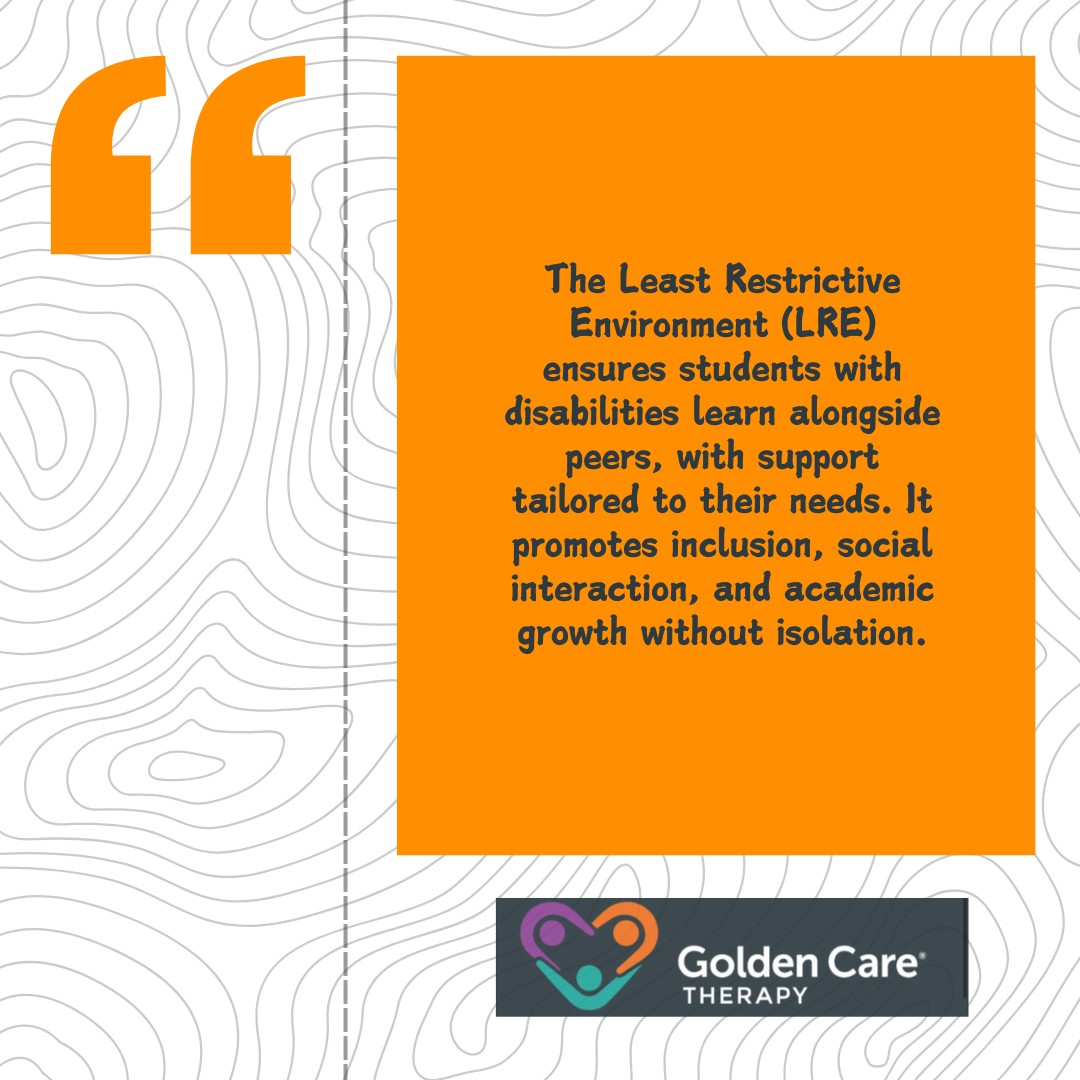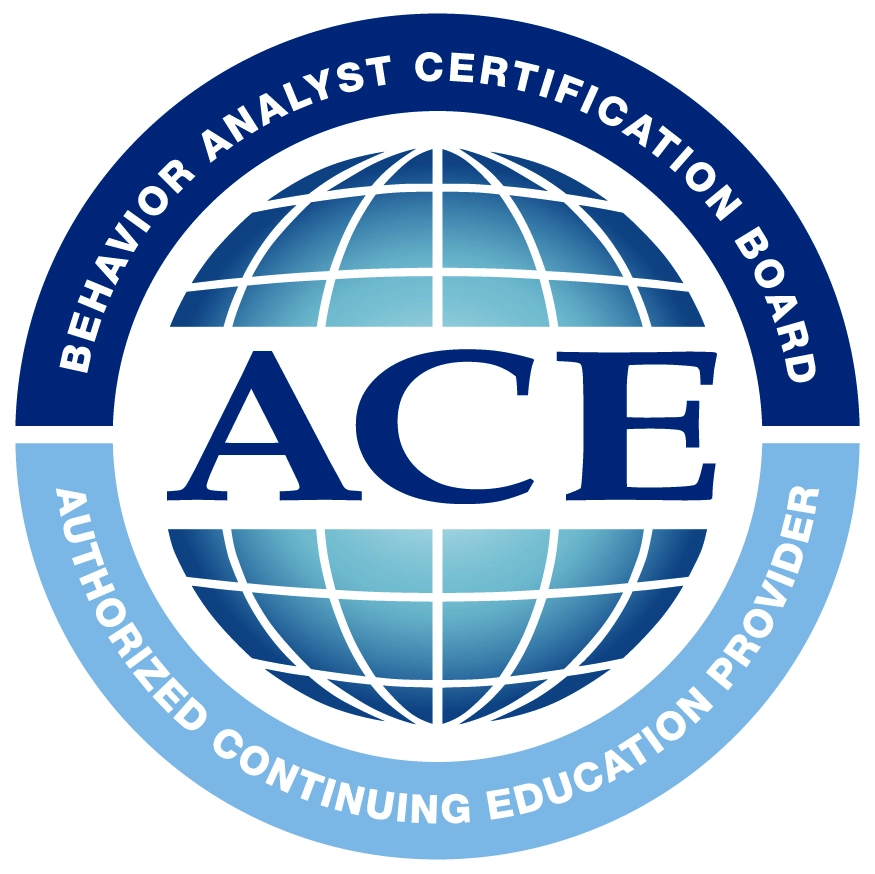The concept of the Least Restrictive Environment (LRE) is fundamental in the field of special education. It is a guiding principle designed to ensure that students with disabilities are educated alongside their non-disabled peers to the maximum extent possible.
This idea fosters inclusivity and equality to ensure every child can access appropriate educational opportunities, including ABA therapy.
The Least Restrictive Environment aims to strike a balance between providing support for students with special needs while maintaining their involvement in general education settings. This approach has revolutionized the way schools view the integration of children with disabilities into mainstream classrooms, ensuring that their educational experience is as enriched as that of their peers.
What is the Least Restrictive Environment (LRE)?
The Least Restrictive Environment refers to the educational setting that allows students with disabilities to learn in the least segregated manner possible. The term is outlined by the Individuals with Disabilities Education Act (IDEA), mandating students with disabilities be educated in the least restrictive environment appropriate for their needs.
The core idea is that students with disabilities should spend as much time as possible in general education classrooms, participating with their peers in a supportive environment.
The concept of LRE is built upon the premise that students with disabilities can thrive in diverse and inclusive learning environments, provided that they receive the necessary support and accommodations.
In turn, this promotes the idea that all students, regardless of ability, deserve access to the same opportunities and experiences in the classroom.

LRE also reinforces the idea that diversity in the classroom benefits everyone. Students with disabilities have unique perspectives and strengths that contribute to the collective learning experience. In turn, students without disabilities can learn empathy, cooperation, and respect for differences.
The Legal Framework Behind LRE
The Least Restrictive Environment is not merely a suggestion but a legal requirement in the United States under the IDEA. According to IDEA, every student with a disability has the right to be educated in the LRE.
This law mandates that schools must consider a continuum of placement options to ensure that students with disabilities are educated in settings that are as close to the general education environment as possible.
While determining the LRE for a student, schools must assess the individual needs of the child. This includes evaluating whether the student requires special support or modifications to succeed in the general education setting.
If a student’s needs can’t be met in a regular classroom environment, the school may consider other options, but the goal is always to minimize the level of restriction and maximize the student’s participation in mainstream activities.
That said, Individualized Education Plans (IEPs) play a critical role in determining the appropriate Least Restrictive Environment for a student. Each student with a disability is provided with an IEP that outlines their specific learning goals, required accommodations, and supports necessary to meet their educational needs.
The IEP team, which includes educators, parents, and specialists, works together to decide the most appropriate setting for the child based on the principles of LRE.
The IEP must specify whether the student can participate in general education classes and the extent of any modifications required. If a student is placed in a special education setting, the IEP must explain why this placement is necessary, outlining the reasons it is more beneficial than a less restrictive environment.
How LRE Benefits Students with Disabilities
LRE provides several benefits to students with disabilities by promoting inclusion, access to general education content, and opportunities for social growth. When students are educated in the least restrictive setting possible, they are more likely to develop social skills, participate in extracurricular activities, and form meaningful relationships with their peers.
Moreover, being in general education settings allows students to experience the full range of academic and social experiences available to their peers.
One of the key benefits of LRE is that it helps students with disabilities feel more accepted. Inclusion in the classroom fosters an understanding of diversity, allowing students to learn from one another. This inclusive experience builds a strong sense of belonging and increases self-esteem.

The Challenges of Implementing LRE
Despite the many benefits of LRE, its implementation can be challenging for schools, educators, and students.
One of the main challenges is ensuring that students receive adequate support and accommodations in inclusive settings. This requires a significant amount of planning, resources, and training for teachers and staff.
Another challenge is that some students with disabilities may struggle in a general education environment due to the demands of the curriculum or the need for intensive interventions.
In these cases, providing appropriate support while still adhering to the principles of LRE can be difficult. Schools must balance inclusion with the need to provide a conducive learning environment for the student.
Moving Towards Greater Inclusion in Special Education
The Least Restrictive Environment is a critical component of special education that prioritizes inclusion, equity, and access to meaningful learning experiences for students with disabilities. By providing students with the appropriate support in a general education setting, schools can ensure that they receive the best possible education while maintaining social and academic engagement with their peers.
Although the implementation of LRE can present challenges, its benefits far outweigh the obstacles. Schools, educators, and parents must continue to work together to create an educational environment that fosters the success of all students, regardless of ability.
Through collaboration, innovation, and commitment to inclusion, we can move toward a future where every child has the opportunity to thrive in the least restrictive environment possible. At Golden Care Therapy, we take pride in providing compassionate, evidence-based ABA therapy tailored to each child’s unique needs.
Our experienced ABA therapists in Indiana, New Jersey, New York, Georgia, and Florida are dedicated to helping children build essential skills and reach their full potential. Contact us today to learn how we can support your family on this journey!
Sources:



